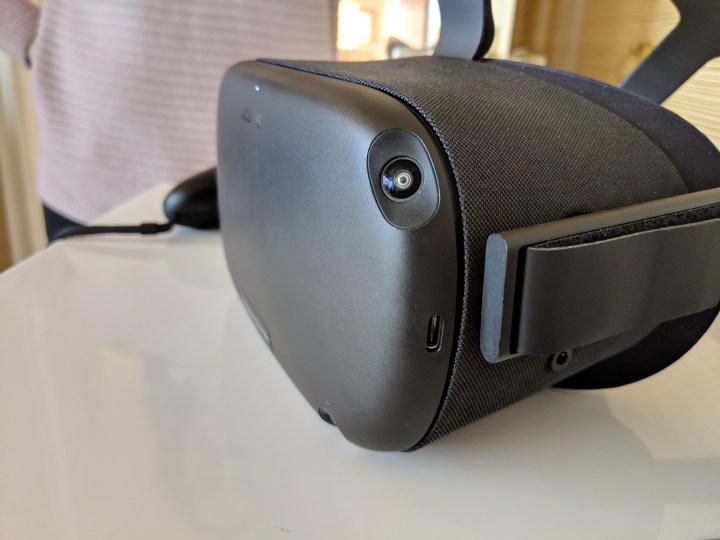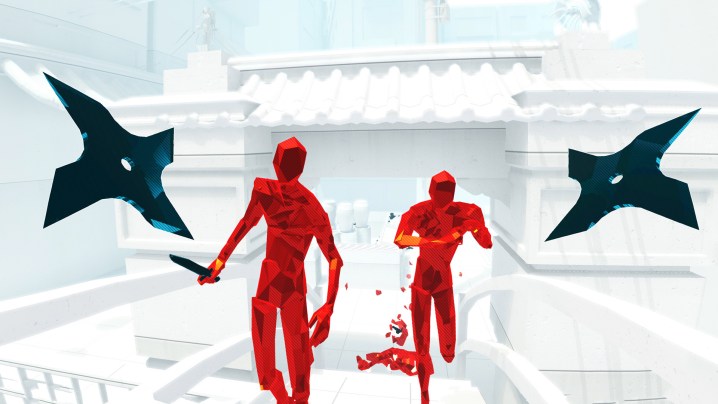
When I think of virtual reality, the word ‘gimmick’ hovers in my mind. Yes, I’m aware of all the wonderful things it can do, and is aiming to do. Yet VR remains — especially in gaming — a big investment. And no one wants to invest in tech that feels half-baked.
More CES 2019 coverage
- Our CES 2019 Hub: The latest news, hands-on reviews, and more
- HTC brings two new headsets, a VR browser, and ‘Netflix for VR’ to CES 2019
- Forget 8K, the Insta360 Titan records 11K that can still play back on smartphones
- Axis records real-life scenes to design virtual worlds using a single device
I’d love to experience stunning open world role-playing games and adrenaline-fueled action games in a way that makes me feel I’m really there. That’s the romanticized version of VR gaming that many headsets are trying to sell. In truth, the technology isn’t quite there, and most of the experiences I’ve tried so far have a shelf life of 30 minutes. They’re fun at first, but become annoying (or even nauseating) after an hour in the headset.
That could change with the Oculus Quest. After demoing the Oculus Quest at CES 2019, I suddenly found myself more comfortable with the idea of picking up a VR headset. Portable, user-friendly, and more affordable than its technologically advanced older brother, the Oculus Quest has hardware that’s just good enough. It could be the mid-range headset that fully converts me to a VR fanatic.
No strings attached

The Quest is a true all-in-one headset. There’s no high-end gaming PC, no heavy, tangled wires or tedious external sensors, and you don’t need to convert your basement into a VR den. Finally, I put on a VR headset that didn’t make me feel like the Predator. That might sound cool — and it is at first — but once the novelty wears off it becomes repetitive, claustrophobic, and a little sweaty.
While you will need space to use the Oculus Quest, as it is still a standing and moving experience, the headset comes with internal sensors that can be calibrated to the space you’re in and will show the limits of your VR play space in-game. That will keep you from colliding with furniture, and since there’s no cords to worry about, you space won’t be restricted by the length or positioning of cables.
The controllers are nearly identical to the Oculus Rift, but wireless, and with their own internal sensors. Just like the touch controllers, they are easy to pick up and use, fitting comfortably in your hands with adjustable wristlets that can be tightened so they don’t slip off and go flying in the middle of an intense VR session.

During the demo, we played two games — Super Hot and Project Tennis Scramble — both of which worked without a hitch. That, too, is an important point. Earlier wire-free headsets, more of which relied on smartphones, had serious issues with both smartphone heat management and overall performance. These issues aren’t present in Oculus Quest, and the two games we tried felt just as smooth as they would on an HTC Vive.
While there’s no doubt that the Oculus Rift will continue to be the best option out of the Oculus VR lineup for top-notch gaming, the Oculus Quest is a perfect mid-tier offering that feels like it could be the headset that brings VR to the mainstream.
The Oculus Quest arrives in 2019 for $399.


